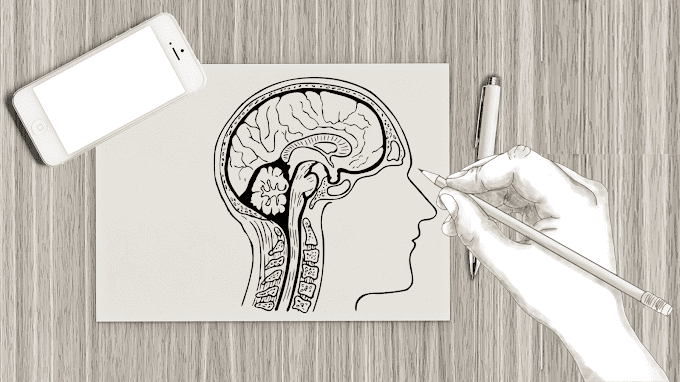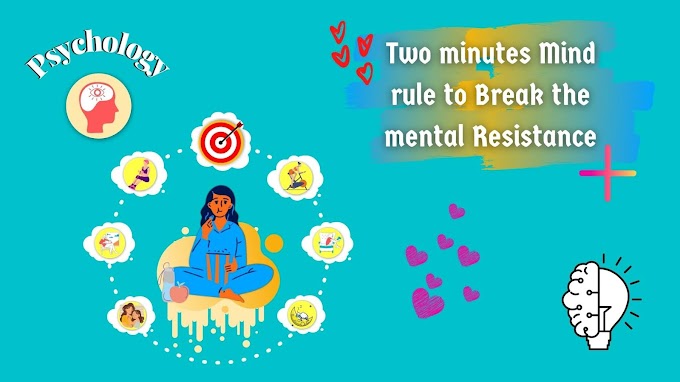Introduction
Experiencing leg cramps at
night can be not only painful but also disruptive to your sleep and overall
well-being.
Understanding the causes and
effective strategies to prevent and alleviate leg cramps is essential for a
restful night.
In this guide, we explore
various methods and practical tips to help you find relief from nocturnal leg
cramps.
Understanding Leg
Cramps at Night
Nocturnal leg cramps are
sudden, involuntary contractions of the muscles in your legs, typically
occurring during sleep or rest.
They can be caused by
dehydration, electrolyte imbalances, muscle fatigue, or underlying health
conditions such as peripheral artery disease or diabetes.
While generally harmless,
they can be quite uncomfortable and may disturb your sleep.
Strategies to
Stop Leg Cramps at Night
1. Hydration and
Electrolyte Balance
Stay Hydrated: Drink an
adequate amount of water throughout the day to prevent dehydration.
Electrolytes: Consume
potassium, magnesium, and calcium-rich foods like bananas, spinach, yogurt, and
nuts to maintain electrolyte balance.
2. Stretching and
Massage
Calf Stretch: Before bed,
gently stretch your calf muscles by leaning against a wall with one leg
extended behind you.
Massage: Massage the affected
muscle with gentle, circular motions to help relax and alleviate tension.
3. Warm Baths or
Heat Therapy
Warm Bath: Soak in a warm
bath before bedtime to relax muscles and improve circulation.
Heat Therapy: Apply a heating
pad or warm towel to the affected area for 10-15 minutes to relieve muscle
spasms.
4. Exercise and
Physical Activity
Regular Exercise: Engage in
regular physical activity, such as walking or swimming, to strengthen muscles
and improve overall circulation.
Leg Exercises: Perform gentle
leg exercises, such as ankle rotations and calf raises, to prevent cramping.
5. Dietary
Adjustments
Avoid Triggers: Limit or
avoid caffeine and alcohol, as they can contribute to dehydration and muscle
cramping.
Balanced Diet: Maintain a
balanced diet rich in fruits, vegetables, and whole grains to support overall
muscle health.
6. Proper Sleep
Position
Pillow Support: Use pillows
to elevate your legs slightly while sleeping to improve blood flow and reduce
the likelihood of cramps.
Posture: Avoid sleeping in
positions that may strain your muscles, such as with your toes pointed
downwards.
7. Hygiene and
Lifestyle Factors
Footwear: Wear supportive
shoes during the day and avoid high heels or shoes that restrict movement.
Compression Socks: Consider
wearing compression socks to improve circulation and reduce nighttime leg
cramps.
Additional Tips
for Long-Term Prevention
Monitor Medications: Certain
medications can contribute to leg cramps as a side effect. Consult your
healthcare provider if you suspect this.
Manage Stress: Practice
relaxation techniques such as yoga or meditation to reduce muscle tension and
improve sleep quality.
Consult a Healthcare
Professional: If leg cramps persist despite these measures or are accompanied
by other symptoms, seek medical advice for further evaluation.
Conclusion
Implementing these strategies
into your daily routine one can effectively reduce the occurrence and intensity
of nocturnal leg cramps.
Consistency and understanding
your body’s needs are key to achieving better sleep and overall well-being.
Tell me how often
do you experience leg cramps at night?
Rarely
Occasionally
Frequently
Share your experiences and
any additional tips you have in the comments below to help others find relief
from nocturnal leg cramps!

.jpg)




0 Comments
Please do not enter any Spam Link or spam content that affects our society